|
March 2003 Sunrise
Over the House
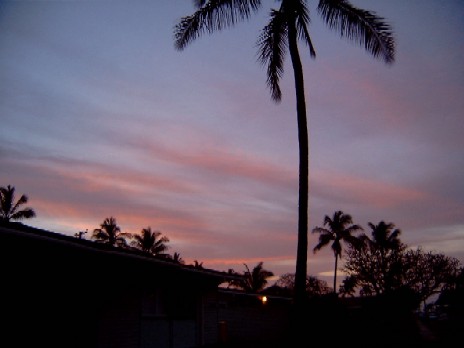

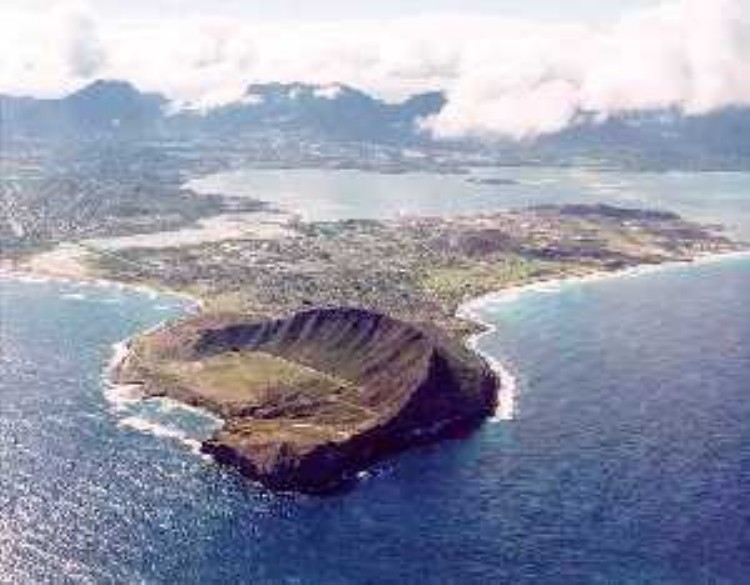
Submitted by: MCB Hawaii
Story Identification
Number: 20021025164831
Story by
Cpl. Jason E. Miller

MCB HAWAII, KANEOHE BAY, Hawaii(Oct. 25, 2002) -- The Ulupa'u Crater
aboard MCB Hawaii, Kaneohe Bay, is more than just another volcanic remnant on Oahu.
In the center of the crater lies
a very important part of any Marine base: the Range Training Facility. But, what is equally important are the tunnels underneath
the once-erupting geyser of liquid rock.
Marine Corps Base Hawaii's Ammunition Supply Point houses hundreds of pounds
of ammunition and live ordnance in the tunnels burrowed deep into the crater walls.
Nine tunnels, whose doors are
visible from nearly any point on base, circumvent the crater and house the majority of all live ammunition on the installation.
The tunnels were originally dug in 1942, according to Gunnery Sgt. Eckerson, ASP staff noncommissioned officer in
charge, as a response and safety measure to the attack that ravaged the base a year earlier.
"Our ASP has the only
tunnel-dug magazines in the entire Marine Corps," said Eckerson. "Another thing that makes our supply point unique is the
blend of both aviation and ground ordnance housed here."
Personnel at the ASP include 16 Marines and two Sailors, with
specialists trained in fields of both air and ground ordnance.
Ordnance at the ASP ranges in size from small rounds
such as M-16 ammunition, to 500-pound bombs for aircraft.
The caverns in the crater stretch some 274 feet into the
landform.
"Although we have a lot of space up here for storing ordnance, we are still limited as to what we can hold,"
Eckerson explained. "We're only allowed so much because of the supply point's distance relative to places like base housing
areas."
The caverns are protected by more than just the earth and rock that surround them. The computerized locks
on the doors, as well as the high fence that surrounds the area, were put in place to deter anyone trying to steal ammunition
or gain access to the area.
"I'd say the items we store here are very well protected," said Eckerson, "The terrain
alone, plus the locks and cooperation we have with PMO [the Provost Marshal's Office] keep everything we have here very secure."
New Home (Facing East)
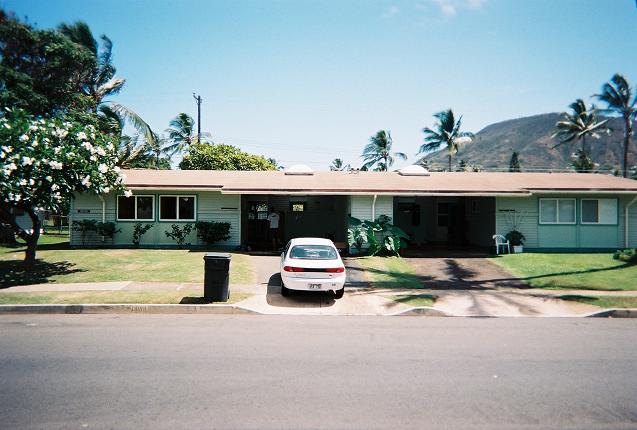
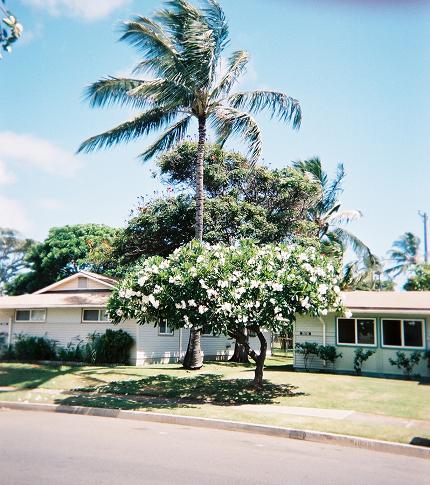
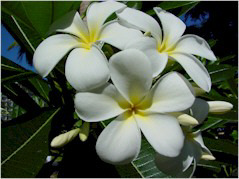
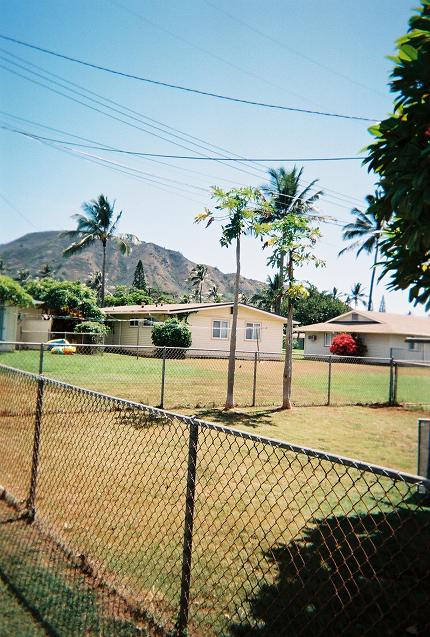
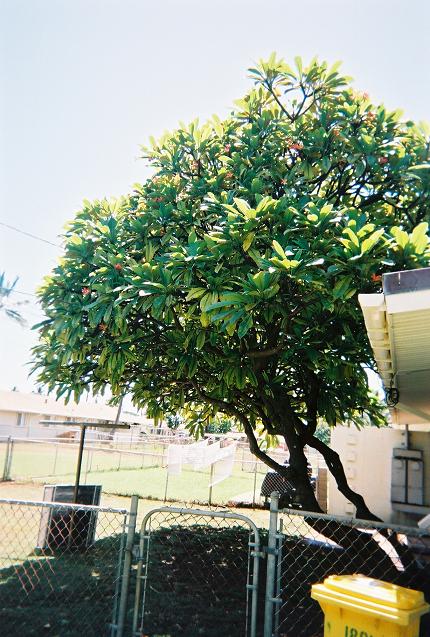

|
